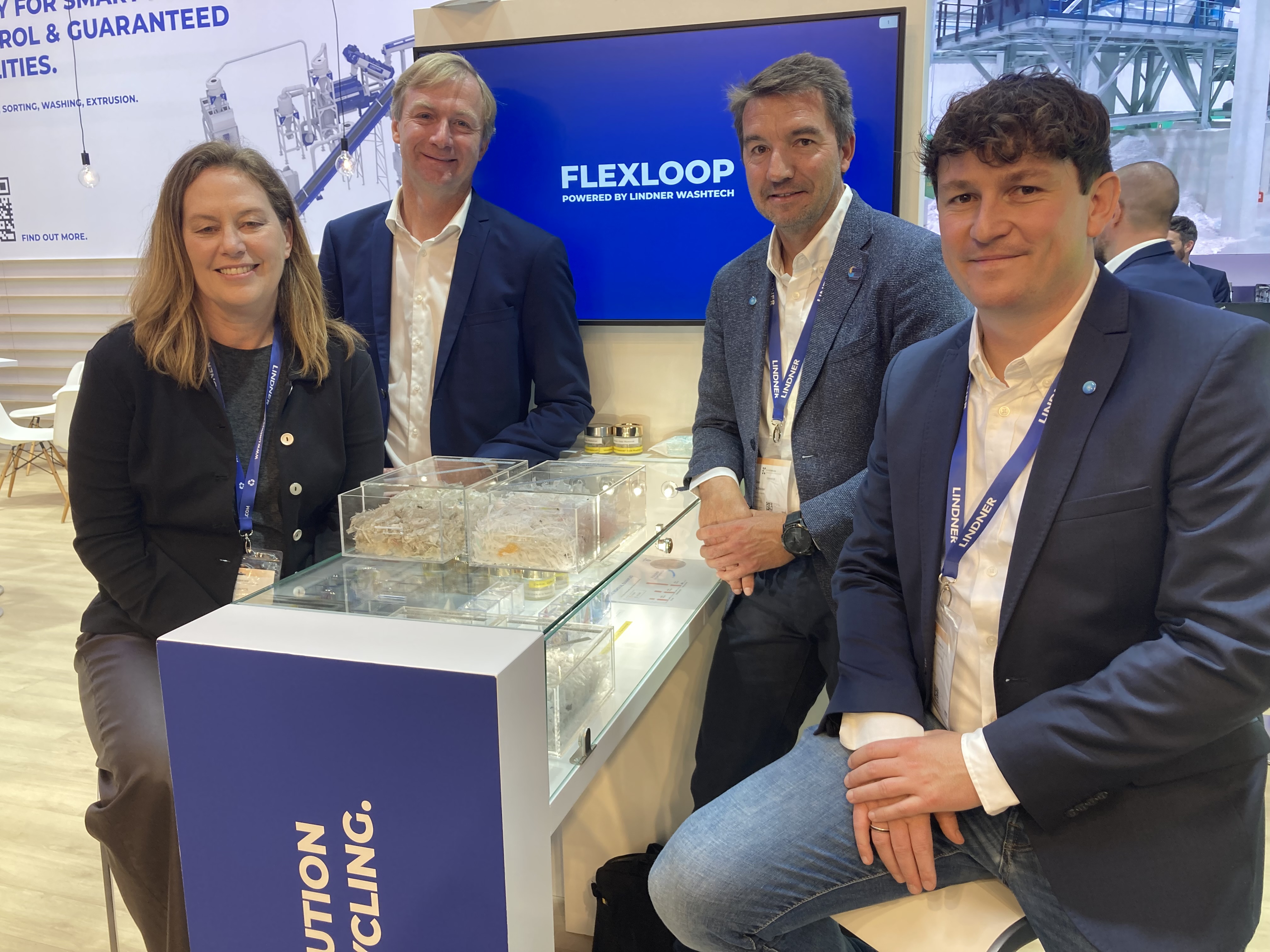28 October 2025

Image Credits: Plastics News
Procter & Gamble Co., in partnership with Lindner, revealed its Flexloop polyolefin film recycling system on the first day of the K show. According to the senior vice president of corporate research and development sustainability at P&G, Lee Ellen Drechsler, the huge consumer brands company wants to lead in its approach to packaging and products. She added, “We will not compromise with the sustainability, as it’s a part of the solution.”
The Flexloop uses a solvent-related dissolution idea that removes contamination from previously used films. P&G and Lindner believe the idea represents a pathway for adding value in a plastics packaging business segment that typically struggles to leverage recycling rates. The entire Flexloop was established through a collaboration between two industries, first becoming effective with an important meeting at the K show three years ago. Lindner has officially introduced this solution using licensed technology developed by P&G to commercialize and establish equipment for plastics recyclers. The modular design of Flexloop cleans the plastics at ambient pressure, enabling the new system to be embedded into the existing recycling lines.
Drechsler said, “Mainly in packaging, we need to pave the way from the packaging materials themselves we select, engineer, build, and waste after their first use. P&G implements high-performance plastics to generate efficient and effective packaging that retains value even after the products are used. Instead of relying on another industry to retain that value at the end of life, the company developed a solution to handle it on its own. We can’t rely on other companies waiting for them to do this for us. To figure out how we can pave the way for the new value and avoid sending items to landfills. Following, we can try to clean the plastic, process it, and send it back into the performance packaging that we make without compromising the quality.”
Drechsler added, “P&G has been in this recycling content in packaging since the 1980s, but now we need more cleaners. This is plastic-to-plastic recycling; with this technology, we’re not breaking molecules. We’ll be using a solvent to expand into plastic film, achieving something that relates not only to the surface but also to the depth. This is the invention we’re looking for. With this, we end up with the high-purity material.”
28 October 2025
28 October 2025
28 October 2025
28 October 2025